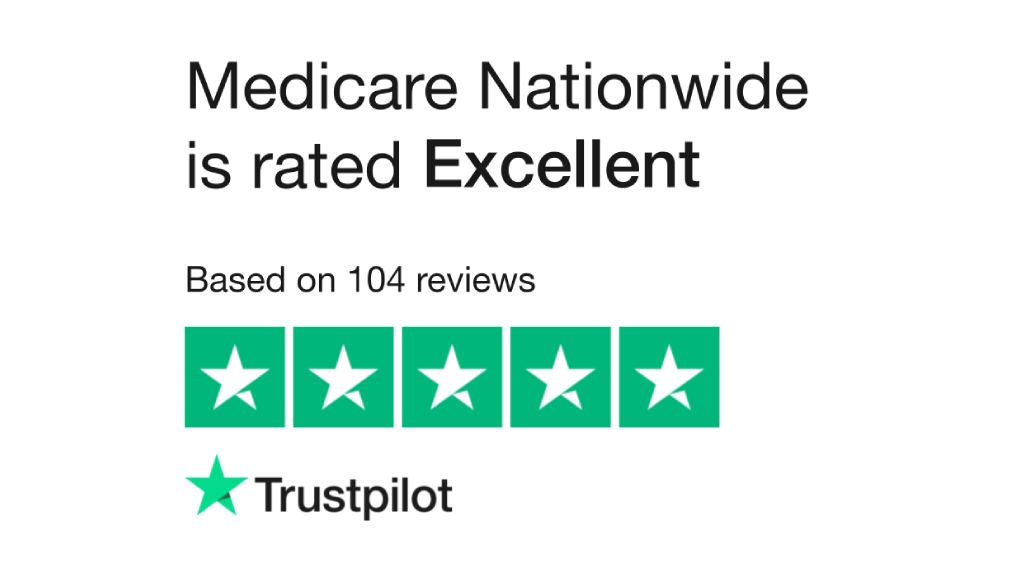Medicare Supplement Plans, also known as Medigap, are designed to fill the coverage gaps left by Original Medicare. Among these, Medicare supplement Plan F and Plan G stand out as two of the most popular choices.
While both plans offer comprehensive coverage, there are key differences in costs, benefits, and suitability that can significantly impact which plan is the best choice for an individual. This article provides a detailed comparison of Medigap Plan F and Plan G, offered by Anthem, to help beneficiaries make informed decisions based on their healthcare needs and financial situations.
Overview of Medicare Supplement Plan F and Plan G
Plan F and Plan G are both designed to minimize out-of-pocket expenses for those enrolled in Medicare. They cover a broad range of expenses, including copayments, coinsurance, and deductibles. Here’s a quick overview before we delve deeper into the specifics of each Medicare Supplement Plan F or G:
- Medicare Supplement Plan F: Known for offering the highest coverage among all Medigap plans, Plan F covers all deductibles, copays, and coinsurance that Medicare recipients would otherwise need to pay out-of-pocket.
- Medicare Supplement Plan G: Similar to Plan F in its extensive coverage but with one key difference — it does not cover the Medicare Part B deductible.
Detailed Medicare Supplement Plan F Coverage Comparison Vs Plan G
Plan F:
- Part A deductible and coinsurance
- Part B deductible and coinsurance/copayment
- Part B excess charges
- Hospice care coinsurance or copayment
- Skilled nursing facility care coinsurance
- Foreign travel emergency (up to plan limits)
Plan G:
- Part A deductible and coinsurance
- Part B coinsurance/copayment
- Part B excess charges
- Hospice care coinsurance or copayment
- Skilled nursing facility care coinsurance
- Foreign travel emergency (up to plan limits)
- Does NOT cover the Part B deductible
Cost Differences
While both Medicare Supplements Plan F and Plan G offer extensive coverage, their costs can vary significantly, primarily due to the coverage of the Part B deductible in Plan F.
- Plan F: Generally has a higher premium because it offers the most comprehensive coverage, including the Part B deductible.
- Plan G: Typically has lower premiums than Plan F because it does not cover the Part B deductible. Once the deductible is met, Plan G provides coverage similar to Plan F.
Who Can Enroll?
- Plan F: This plan is available only to those who were eligible for Medicare before January 1, 2020. If you were eligible before this date, you can still enroll in Plan F if it’s offered in your area.
- Plan G: This plan is available to all Medicare enrollees regardless of when they become eligible. This makes Plan G a continuing option for new Medicare beneficiaries.
Suitability Based on Healthcare Needs
Choosing between medicare supplement Plan F and Plan G depends largely on an individual’s health care needs and financial situation.
- High Medical Costs: If you frequent the doctor or have ongoing medical conditions, Plan F might be the better option as it covers all deductibles and leaves no out-of-pocket costs besides the premium.
- Budget Considerations: If you are relatively healthy and have fewer medical appointments, Plan G might be more suitable as the lower premium can offset the out-of-pocket deductible cost.
Financial Considerations
- Long-Term Costs: Medicare supplement plan F premiums may be higher and can increase over time. It’s important to consider whether the premium costs are manageable long-term, especially since you cannot switch to Plan F if you choose Plan G after becoming eligible for Medicare post-2020.
- Cost-Benefit Analysis: Comparing the annual out-of-pocket costs plus the premiums for both plans can help determine which plan offers better financial sense based on your typical medical usage.
Conclusion
When deciding between Medicare Supplement Plan F and Plan G, it’s important to consider your current and anticipated healthcare needs, financial situation, and eligibility. Plan F offers the most comprehensive coverage but at a higher cost and is only available to those who were eligible for Medicare before 2020. While requiring payment of the Part B deductible, Plan G might be more cost-effective for those with fewer medical needs and is available to all Medicare beneficiaries.
For more personalized advice, consider consulting with a licensed insurance agent who can provide detailed information based on your specific needs and help you make the best choice between Medigap Plan F and Plan G. For more information you can call us at 1-888-559-0103.


